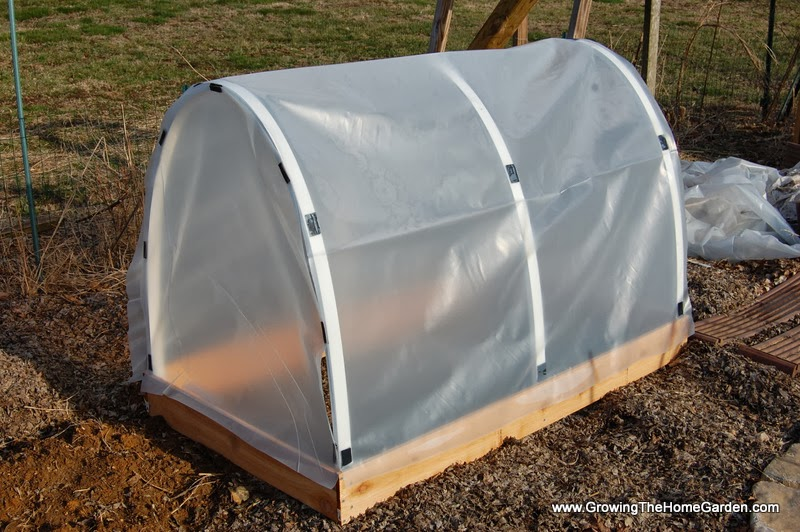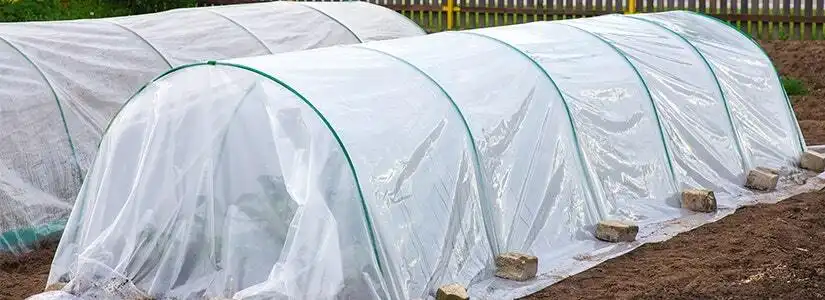As the winter chill sets in, protecting your garden from freezing temperatures becomes essential to preserving your plants. Fortunately, you don’t need to spend a lot of money to keep your crops safe. Here are three budget-friendly and effective methods for ensuring your plants stay warm and healthy throughout the colder months.
1. Recycle for Instant Protection
One of the simplest and most cost-effective ways to protect your plants is by reusing materials you likely already have at home. Clear plastic bottles and cartons are perfect for this purpose, providing a free and readily available solution.
Two-liter plastic bottles work well as mini cloches or plant covers. Simply cut off the bottom of the bottle and place it over small plants, seedlings, or tender crops. This allows them to receive sunlight while protecting them from frost and cold winds. For better ventilation, leave the caps off or poke small holes in the bottoms.

In addition to bottles, old plastic fruit trays or cartons can be used. These can be placed over plants in your garden, greenhouse, or even in a hoop house. By adding an extra layer of protection, these materials help retain warmth, keeping your plants safe during particularly cold nights.
2. Build a Mini Hoop House
If you’re protecting a larger area of plants, such as an entire garden bed, a mini hoop house can be an affordable and effective option. This structure is made using inexpensive materials and can cover a larger space than individual cloches.
To create your own mini hoop house, you’ll need flexible plastic water pipes (buying them by the roll is more cost-effective). You can also use bamboo or rebar to create sturdy supports for the hoops. Once you’ve cut the pipes to the right length, bend them into arches and secure them in place with rebar or bamboo stakes.
Next, drape a sheet of clear plastic or garden fleece over the hoops to provide insulation and protection from the elements. Secure the edges by weighing them down with bricks, rocks, or planks of wood. You can further reinforce the structure by adding a ridge pole at the top, which helps maintain its shape and prevent sagging.

This simple structure can help protect your plants from frost while still allowing for air circulation. It’s especially useful for extending the growing season for crops like leafy greens or herbs.
3. Create an Easy Cold Frame
Cold frames are an excellent space-saving solution for protecting plants in the winter. Essentially, a cold frame is a box-like structure with a glazed lid that allows sunlight to enter and warm the plants inside. You can easily build one using salvaged or low-cost materials.
Start by sourcing your glazing material. Old windows or even shower doors make great lids for cold frames since they let in plenty of light and provide durability. For the base of the frame, consider using bricks, cinder blocks, or even straw bales for additional insulation.
To create the frame, use wooden planks, which are easy to cut to size. You can position the planks where needed and support them with bamboo canes or other sturdy materials. Once the frame is in place, simply place the window or glass lid on top.

Cold frames are particularly effective for growing winter salads and can also help warm up the soil, making it easier to start seeds earlier in the spring. They are a practical way to protect plants from frost and keep them thriving even in the coldest months.
Conclusion
These simple, thrifty methods for protecting your plants will not only save you money but also help ensure that your crops survive the winter. Whether you’re using recycled plastic containers, building a mini hoop house, or creating a cold frame, these ideas are practical, inexpensive, and easy to implement. Have you tried any of these techniques in your garden? Share your thoughts and experiences below!
